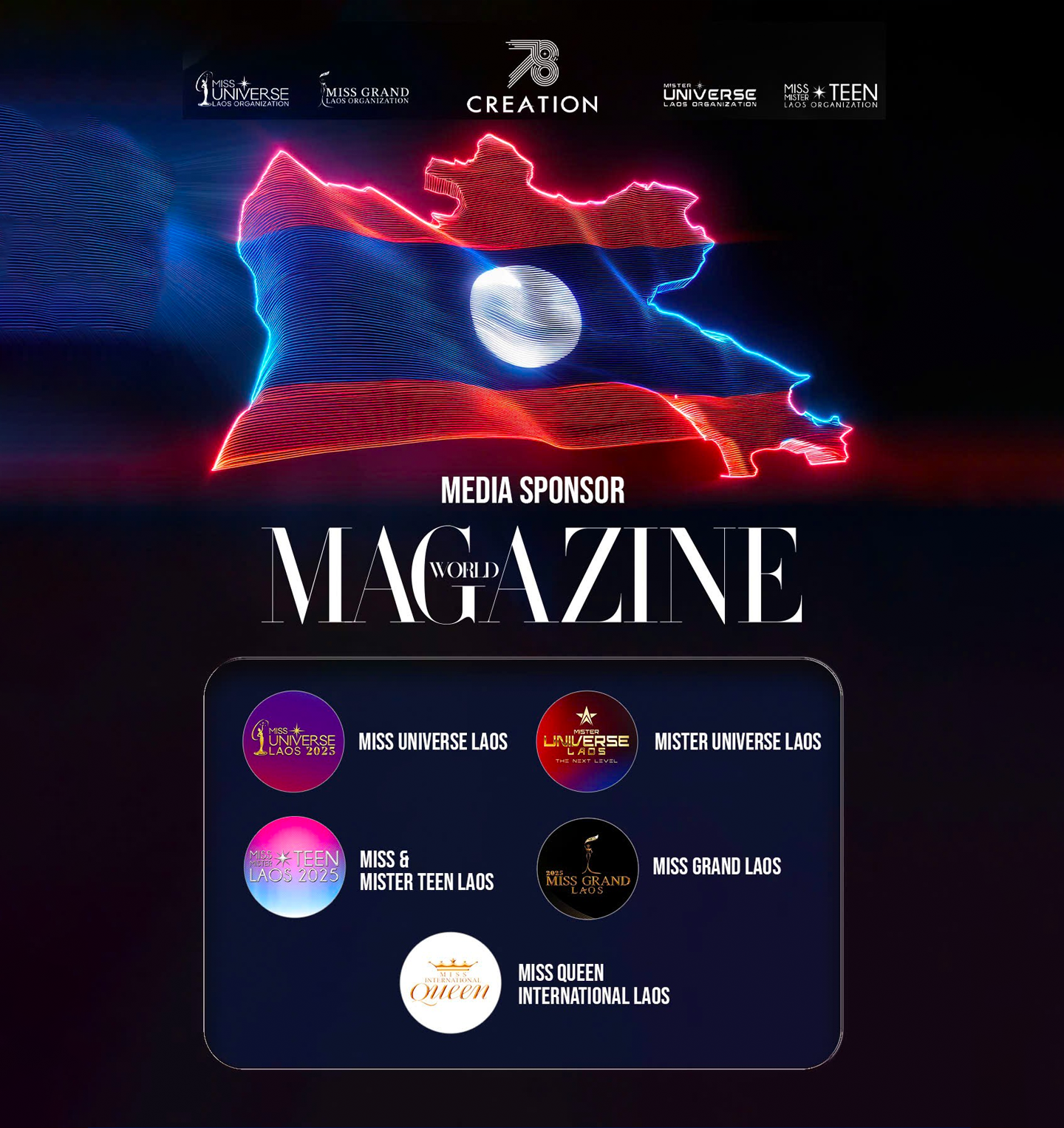The relocation of a beloved, multi-venue dining concept from the convivial south London enclave of Peckham to the glossy, upscale avenues of Marylebone is a gamble of seismic proportions. Yet, South African chef-patron Patrick Williams has executed this culinary migration with an audacious finesse that suggests the risk was entirely worth taking. The new Kudu, an amalgamation of four previous ventures, has not only retained the earthy soul of its live-fire braai cookery but has housed it within a space of “sexy safari chic”—easily one of London’s most beautiful new dining rooms of the year. The atmosphere is immediately buzzy, the design is plush and evocative, and the food is a triumph of bold, smoky flavours and boundary-pushing technique. The ultimate proof of its success? The humble, must-order bread with melted, curried butter, a dish so simple and yet so decadent it confirms that Kudu’s new metropolitan polish has not diluted its homespun charm.
The Great Relocation Gamble
The move from Peckham to Marylebone was not merely a change of postcode; it was a high-stakes cultural translation. Kudu, in its previous incarnation, had organically grown into four separate, well-loved ventures—the original Kudu, Kudu Grill, Smokey Kudu, and Curious Kudu—each contributing to the neighbourhood’s independent, burgeoning food scene. To consolidate this quartet into a single, “turbo-Kudu” in the heart of London’s high-end, W1 territory raised immediate and legitimate questions: could the raw, homespun charm of the braai cookery survive the transition to a “fancy-pants” locale, and would the former clientele follow?
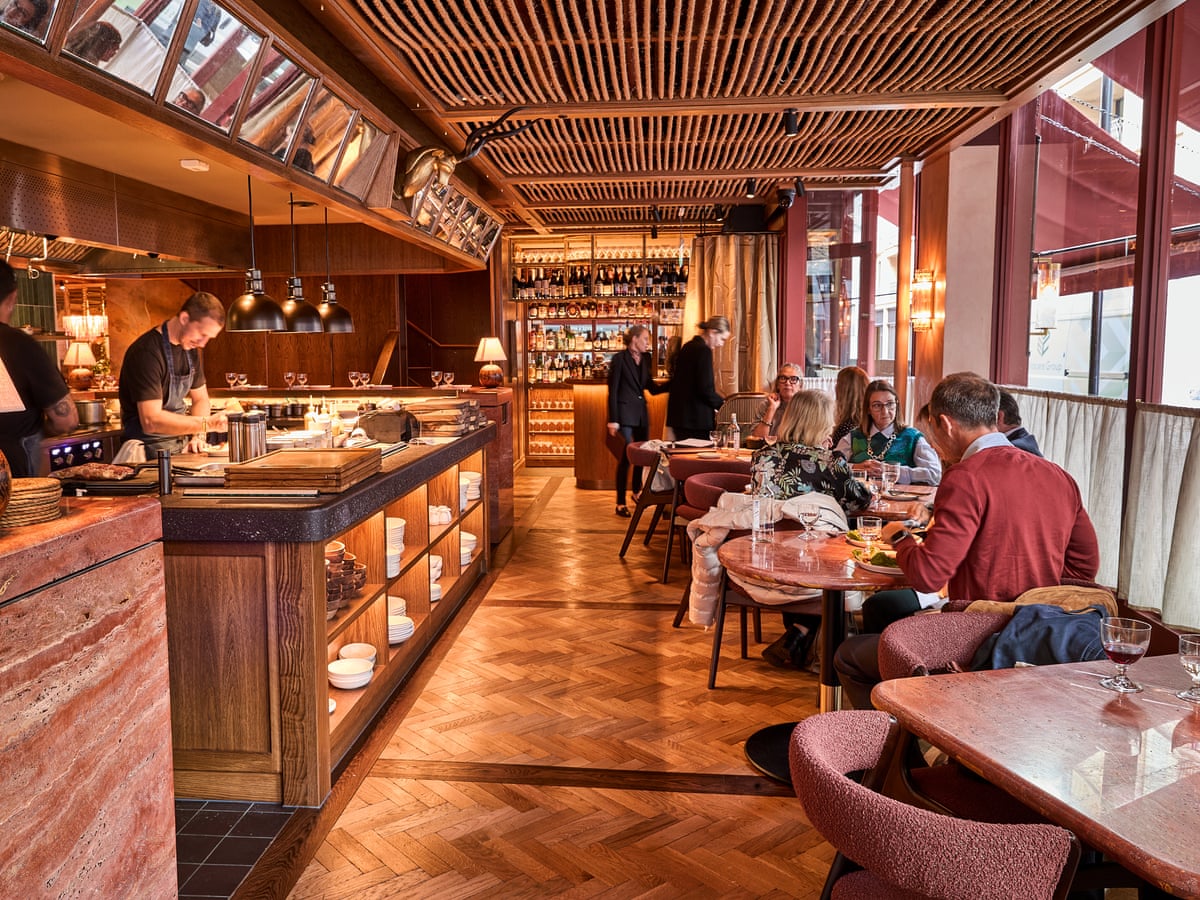
The initial evidence strongly suggests that Kudu has not only weathered the change but has thrived on the challenge. The chef-patron’s strategy seems to have been not to imitate the casual feel of the south London sites, but to elevate the entire experience while preserving the integrity of the cooking. The inherent earthiness of South African live-fire cuisine acts as an essential counterweight to the new setting’s plush modernity, creating a dynamic tension that keeps the restaurant grounded. The buzz surrounding the new venture is palpable, with hopeful diners already loitering by the door sniffing for cancellations, a clear indication that the Marylebone “wildlife” is ready to embrace Kudu’s unique blend of familiarity and sophistication.
Sexy Safari Chic: The Aesthetics of Appetite
The interior of the new Kudu is an undeniable, unqualified success, drawing immediate praise as potentially the most visually stunning London restaurant of the current year. It manages the difficult feat of invoking a theme—South African safari—without descending into cliché or kitsch. The aesthetic is one of “sexy safari chic,” a polished yet warm environment that perfectly complements the menu’s elemental focus on smoke and fire. Lighting is key to the ambiance, employing a “campfire twinkly” effect that softens the edges of the room and encourages intimacy, subtly referencing the open fire cooking at the heart of the cuisine.
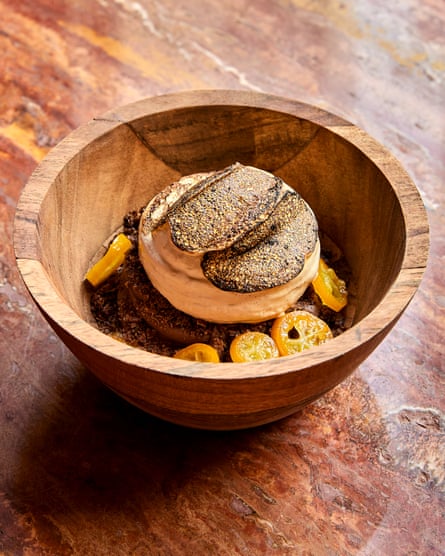
The material palette is soft and deliberate, featuring textured pink and peach surfaces contrasted by the shimmering green tiles around the open braai kitchen. Tasteful murals of scampering antelopes adorn the walls, a nod to the restaurant’s name and heritage, yet executed with an elegance that ensures a sense of calm sophistication prevails. This plush, mirror-laden interior sets the stage for a truly modern dining experience, positioning Kudu not as a themed destination, but as a genuine design-forward urban hub. It is this successful fusion of visual luxury and culinary rusticity that secures the restaurant’s place in the competitive W1 landscape.
The Flames of the Braai: Savoury Signatures
At the very core of Kudu’s appeal, regardless of its location, is the dedication to braai cookery—the South African tradition of cooking over an open fire. This technique is not simply a cooking method; it’s an essential flavour ingredient, imparting a characteristic smokiness and char to the main dishes that separates them from standard restaurant fare. The confit trout, taken directly off the braai, offers a prime example of this mastery: the skin is rendered perfectly crisp and seasoned, while the flesh remains meltingly tender, served alongside a vibrant scattering of sea vegetables and pickles that cut through the richness.

The pork chop is another statement piece on the menu, arriving as a substantial “whopper” that demands attention. It is served with the famously named, yet entirely primate-free, “monkey gland” sauce. This sauce—a complex, dark-brown hybrid of chutney, ketchup, garlic, and Worcestershire sauce—is sharp, sweet, and deeply savoury, providing a perfect counterpoint to the smoky succulence of the pork. While a simpler dish, the grilled peri peri tiger prawns also showcase the live-fire technique, though the reviewer noted the sauce could have been bolder after the intensity of the curried butter starter. Nevertheless, the successful implementation of the braai technique confirms that the authentic flavour of the kitchen has made the journey north unimpaired.
The Triumphs of the Unexpected: Starters and Sweets
While the braai might be the technical backbone, the restaurant’s boundary-pushing nature is most evident in the dishes that defy expectation, beginning with a starter that has already achieved legendary status: the bread with curried butter. This seemingly humble offering is presented as a vat of melted, glossy, curry-infused fat, accompanied by gently fried curry leaves. It is a dish so addictive, so effortlessly decadent, that it forces a moment of shared, greedy indulgence. This reinvention of “bread and butter” is a brilliant move—elevating an often-overlooked staple into a signature course and establishing the restaurant’s commitment to flavour over fuss right from the outset.
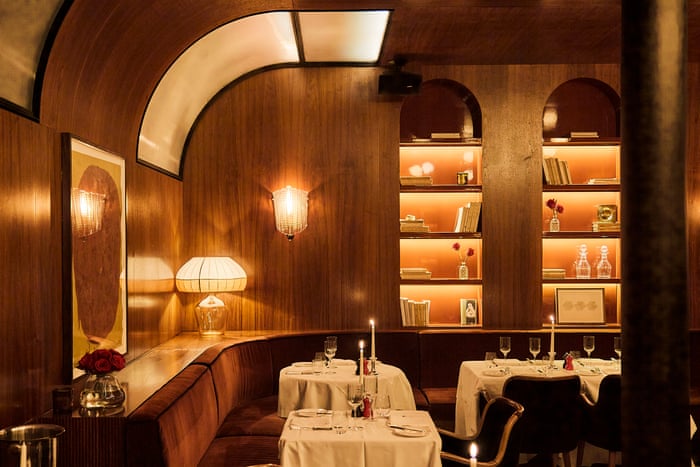
The spirit of playful elevation extends throughout the menu. The smoked prawn crullers, described as “itsy-bitsy, posh 1970s dinner-party tarts,” are filled with a sophisticated mixture of prawns, miso, and pickled shallots, showing a deep command of texture and flavour balance. The final, whimsical flourish is the “Kudu Kit Kat” dessert. This dish bears no resemblance to the famed chocolate wafer but is a theatrical presentation of rich chocolate mousse, sweet kumquats, and foamy marshmallows. The marshmallows are toasted tableside with a chic set of hot irons, turning the dessert into a celebratory, slightly camp spectacle. This finishing touch successfully transports the diner out of the urban setting and into the conceptual, romantic wilds of a Kruger national park campfire, concluding the meal on a high note of theatrical fun.
An Urban Watering Hole for Marylebone’s Wildlife
Kudu’s successful transition is solidified by the immediate vibrancy of its atmosphere. Despite being open for only a few weeks, the Marylebone venue was operating with a palpable Sunday lunchtime buzz, demonstrating an instant ability to attract a broad, diverse crowd. Old Kudu loyalists arrived with families and grandparents, mingling easily with the area’s polished W1 clientele. The sheer volume of orders for the signature cocktails, such as the “Saffa Ritas” (a fiery blend of tequila, chilli, and Supasawa), alongside trays of Kalahari biltong, suggests the new location has quickly become a comfortable and exciting destination.
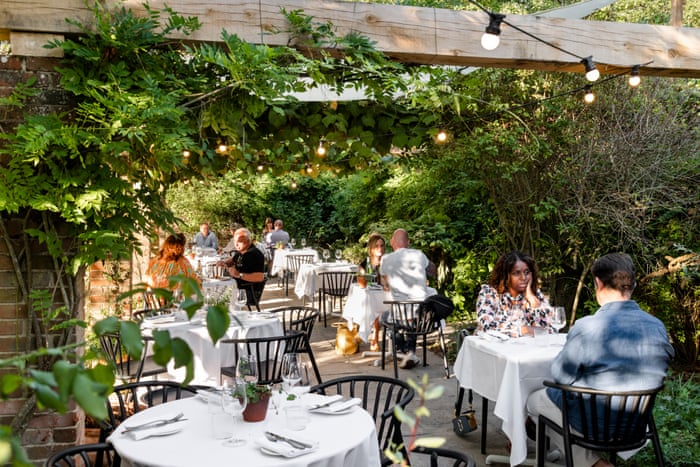
The restaurant serves as a perfect example of a successful culinary gentrification, where the authenticity of the food is maintained while the service and setting are elevated to meet the expectations of a luxury market. By blending an extensive South African wine list with the robust, earthy flavours of the braai, Kudu offers an experience that is both novel for the area and deeply comforting. The immediate high demand for tables confirms the critical assessment: Kudu is already a delight. It has proven that its true charm was never tied to a postcode, but to the skill of its kitchen and the quality of its vision, successfully luring the most discerning of Marylebone’s dining “wildlife” in for dinner.




